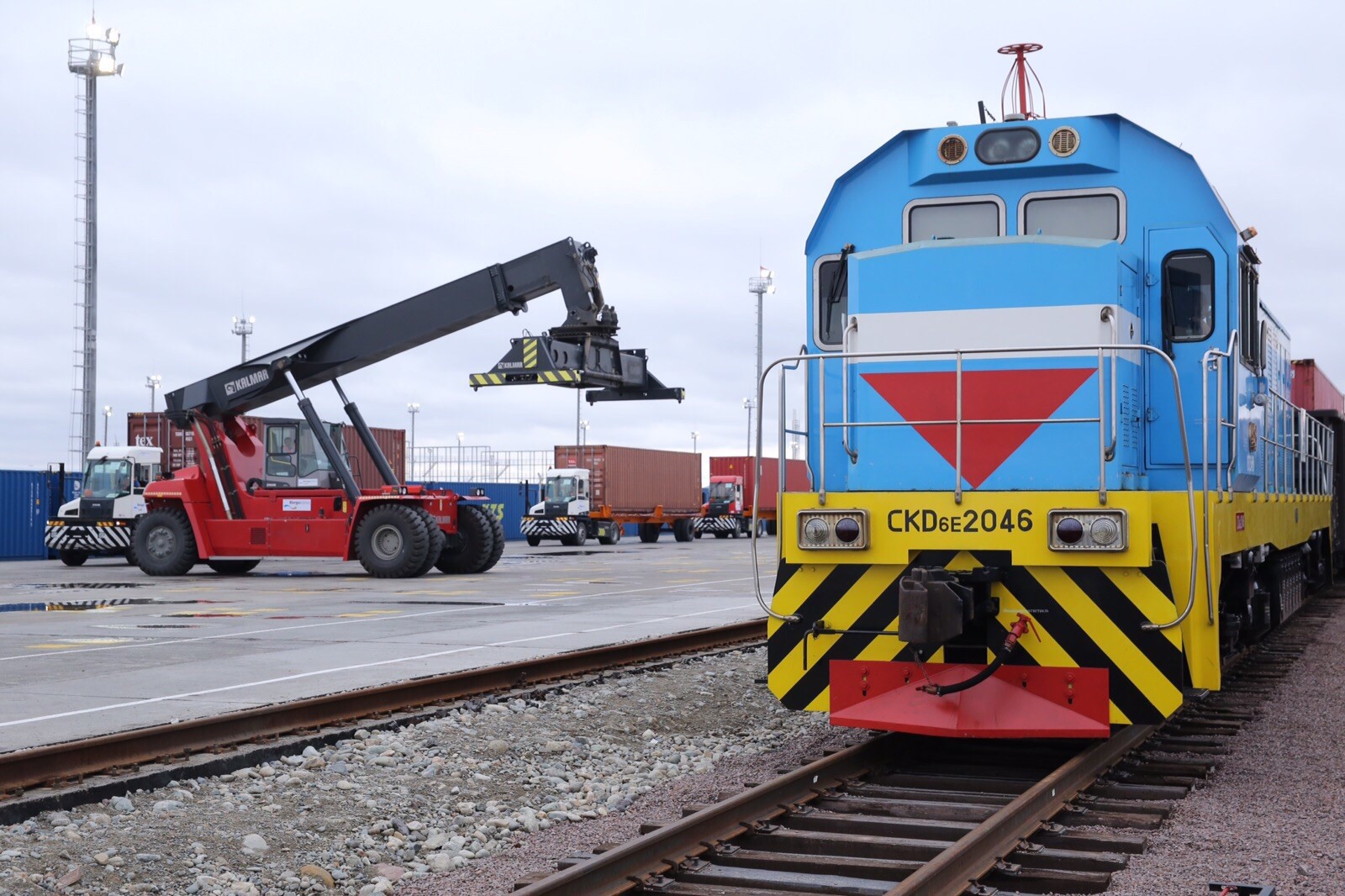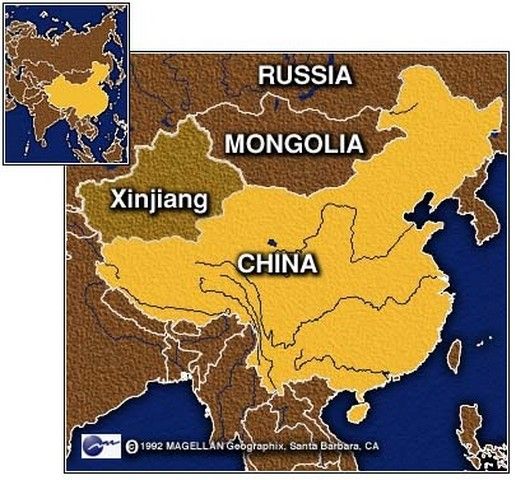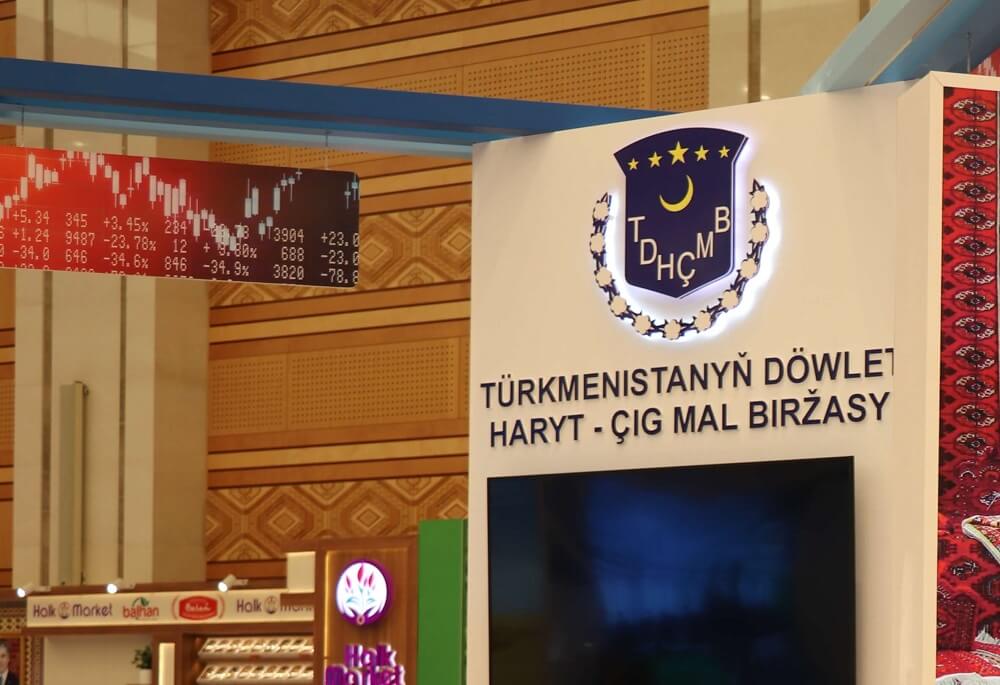URUMQI, China (TCA) — The foreign trade volume between China’s northwestern Xinjiang Uygur Autonomous Region and countries along Beijing’s Belt and Road Initiative (B&R) totaled about 291.5 billion yuan (43 billion U.S. dollars) in 2018, 13.5 percent more than in the previous year, China’s Xinhua news agency reported.
According to Xinjiang’s regional customs authorities, the export to the countries along the B&R totaled 152.1 billion yuan, up 0.7 percent, while the import from these countries reached 139.4 billion yuan, marking a significant increase of 31.7 percent from the previous year.
Statistics from the customs showed that Russia and Central Asian countries were the major trade partners of Xinjiang. Among these countries, Kazakhstan recorded the most foreign trade volume of 104.9 billion yuan with the region, followed by Russia at 61.3 billion yuan.
In addition, Xinjiang has also seen the foreign trade growth rate more than double with some European countries, including Armenia, Spain, the Czech Republic, Slovakia, Hungary and Bulgaria.
Mechanical, electrical and labor-intensive products were major exports to B&R countries while energy and resource products were major imports.
Efforts have been made to facilitate foreign trade of Xinjiang. According to the customs, the average customs clearance time in the region has been more than halved in 2018 compared to the previous year.
China’s Xinjiang borders Kazakhstan, and the two countries have a major trade, transport and transit hub at Khorgos, on the border between the two countries.








